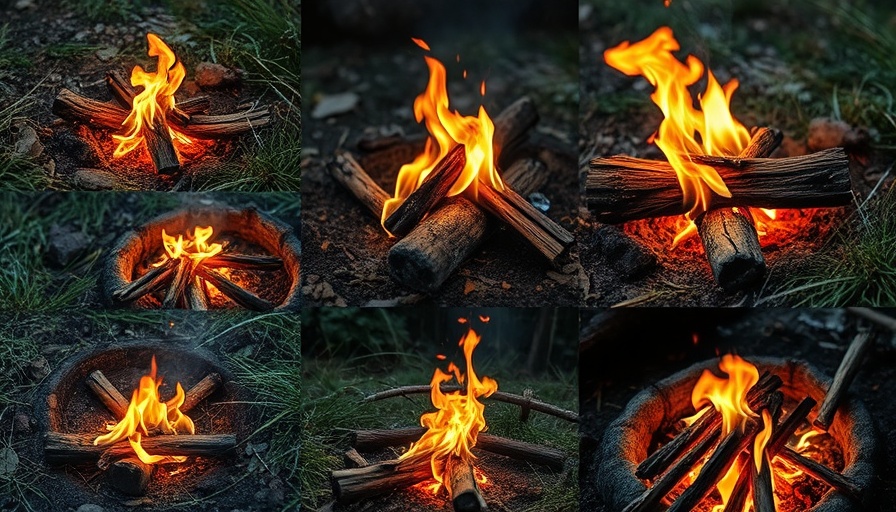
The Importance of a Get Home Bag in Today’s World
In our fast-paced urban lives, a get-home bag (GHB) has emerged as a critical piece of survival gear. Unlike a bug-out bag which is designed for evacuating to a predetermined location, a get-home bag is focused on the journey back to your safe haven. Whether it's a breakdown, natural disaster, or civil unrest, having a GHB ensures that you can navigate home safely and efficiently.
Quick Essentials to Include in Your Minimalist Get Home Bag
Here’s a curated selection of essential items to include in your GHB, emphasizing a minimalist approach to keep your load light yet effective. Incorporating each of these can profoundly impact your ability to reach safety, no matter the circumstances.
- Comfortable Footwear: If you’re accustomed to wearing formal or stylish shoes, swap them out for sturdy footwear designed for long-distance walking. Past experiences during unexpected emergencies teach us the value of physical comfort when mobility is crucial.
- Fresh Socks: A clean pair of socks matters significantly during any long journey. They ward off blisters and ensure your feet remain dry and comfortable.
- Weather-Appropriate Hat: Protect your head and face from sunburn or rain. A wide-brimmed hat offers maximum protection, maintaining your morale while you trek back home.
- Layered Clothing: Include a change of clothes suitable for various weather conditions—light, quick-dry attire for summer and warmer layers for winter months.
- Multi-Tool: An indispensable item in any survival kit, a multi-tool comes equipped with various tools that can assist you in countless situations, providing the versatility needed in uncertain environments.
- First Aid Kit: Ensure that your kit contains essential supplies like bandages, antiseptic wipes, and pain relievers. Staying healthy can be just as critical as finding your way home.
- High-Quality Energy Bars: Snacks like protein bars are easy to pack, lightweight, and crucial for maintaining your energy levels.
- Personal Protection Gear: Don’t forget about gloves and potentially a N95 mask for protection against debris or air contaminants encountered along your journey.
- Water and Purification Supplies: Staying hydrated is key. Include a steel water bottle and purification tablets to ensure access to safe drinking water.
- Navigation Tools: While technology is handy, a physical map and compass can guide you reliably in emergencies when mobile devices fail.
Practical Insights for Urban Dwellers
Urban dwellers especially benefit from a GHB. Given the high likelihood of finding yourself away from home, consider situational risks unique to your locale. For example, if you live in an area prone to weather disruptions or civil unrest, your kit may need certain specialized items, like an emergency blanket or thermal wear. Take time to adapt your GHB according to personal risk assessments.
Building Your Get Home Bag Step-by-Step
Building an effective GHB doesn’t have to be overwhelming. Start with a sturdy, inconspicuous backpack. Gradually add each essential item, ensuring you test out equipment to familiarize yourself with their function. Regularly reviewing the contents of your bag, at least annually, will keep it up to date and effective in emergencies.
Emotional Factor and Community Connection
In a moment of crisis, the contents of your GHB can greatly influence your welfare and perhaps even your survival. The mental peace of being prepared should not be overlooked; it fosters confidence and reduces anxiety. Moreover, being equipped empowers you to help others too. Community gardens and DIY projects can become forums for sharing knowledge about preparedness, strengthening communal ties.
Take Action: Prepare for the Unexpected
Prepare your own GHB today. Taking proactive steps is an empowering act that safeguards not only yourself but also your loved ones. In times of uncertainty, having the right tools at your disposal can be the difference between panic and calmness. So don’t wait for the next disaster—make your GHB now and become part of a community of prepared individuals.
 Add Row
Add Row  Add
Add 




 Add Row
Add Row  Add
Add 

Write A Comment